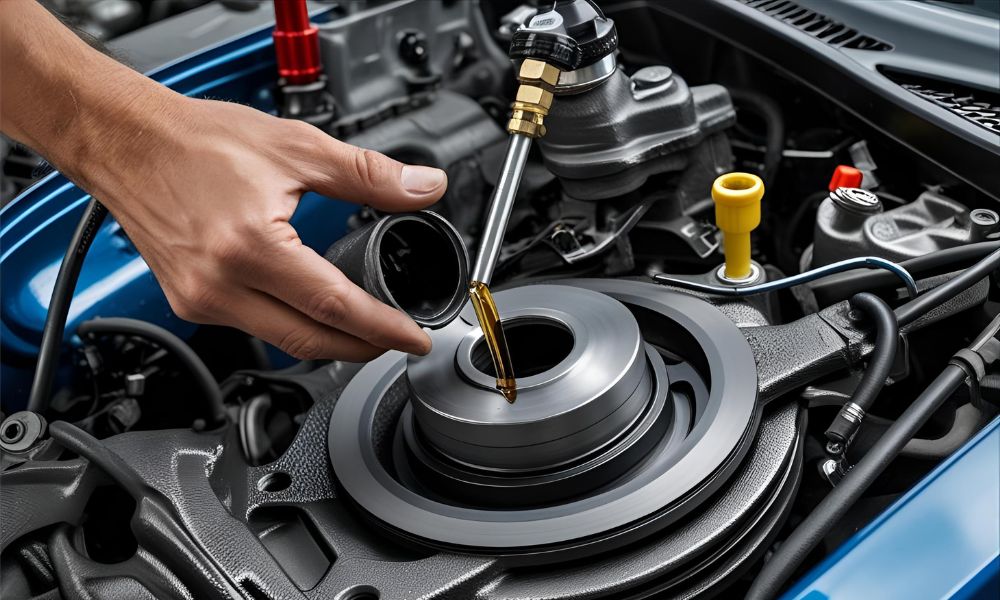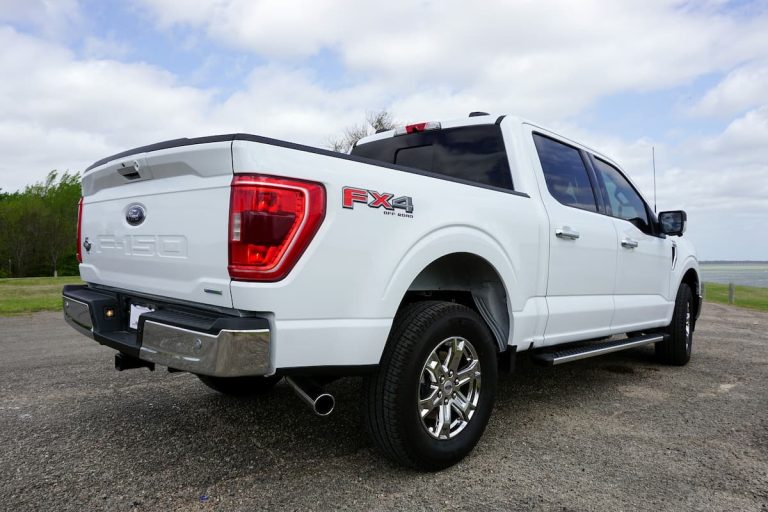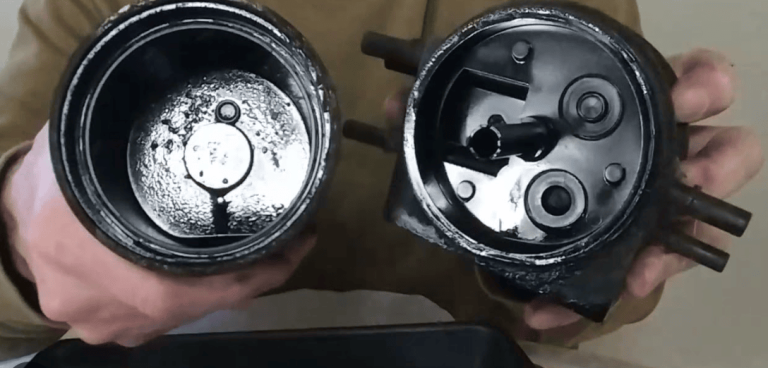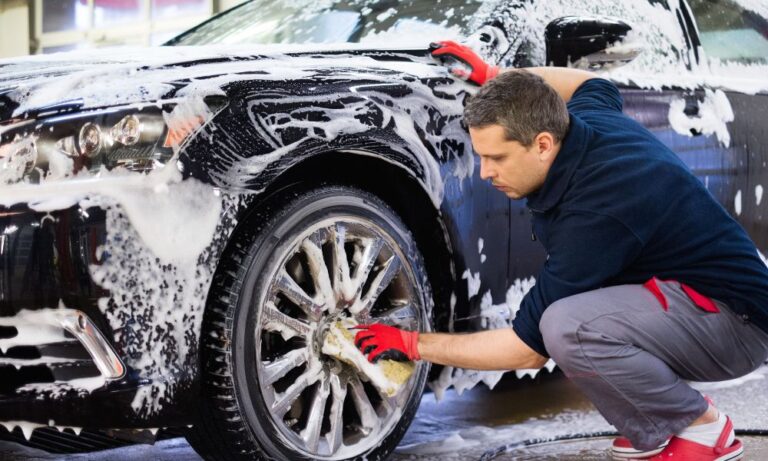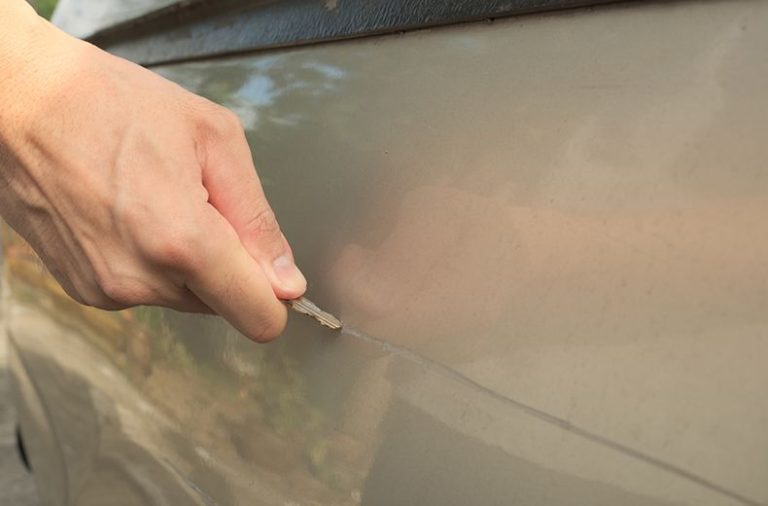How to Check Brake Fluid
One of the most important parts of your vehicle for maintaining your safety while driving is the braking system. By transferring power from the brake pedal To the braking components, the brake fluid is crucial To preserving the system’s functionality. Your braking force may be significantly reduced if your brake fluid is inadequate or damaged, which might result in hazardous circumstances. For this reason, every automobile owner has to know how to check brake fluid. By guiding you through the procedure, you can maintain the safety of your car And its braking system in top shape.
Understanding Brake Fluid: What It Does and Why It Matters
One kind of hydraulic fluid that works in the brake system to help with braking is brake fluid, which transfers pressure from the brake pedal to the brake parts. In order to slow or stop the vehicle, the brake fluid directs the pressure that is provided when you press the brake pedal into the brake calipers, which in turn apply pressure to the brake pads. Brake failure or decreased stopping power may result from the lower braking force caused by insufficient brake fluid.
Brake fluid comes in A variety of forms, such As synthetic fluids, mineral oil, and DOT fluid. Although each kind has unique requirements, they all work toward the same goal: making sure the car’s brakes are dependable and smooth. Your braking efficiency may be deteriorated by improper fluid or neglect, which might result in expensive repairs or safety hazards.
Signs You Need to Check Your Brake Fluid
A decline in brake fluid levels or condition doesn’t always announce itself clearly. However, there are several signs that you might need to check your brake fluid:
- Spongy or Soft Brake Pedal: When brake fluid levels are low, you may feel spongy or soft brake pedal when pressed. This is due to the fluid not being able to transmit enough pressure to the brake system.
- Warning Light: Many vehicles have a dedicated brake fluid warning light on the dashboard. If this light appears, it’s time to check your brake fluid levels.
- Poor Braking Performance: If you notice a delay in stopping or reduced stopping power, it may be due to low or contaminated brake fluid.
- Strange Noises: A high-pitched squeal or grinding noise when applying the brakes can indicate that brake fluid is insufficient or that the braking components are not receiving the necessary pressure.
Tools and Materials Needed
Checking brake fluid is simple and requires only a few basic tools. However, ensuring the right approach is key. Here’s what you will need:
- Clean Cloth or Paper Towels: To clean the area around the brake fluid reservoir and avoid contamination.
- Gloves: Protect your hands from brake fluid, which can be corrosive to both skin and paint.
- Flashlight: For better visibility, especially in low-light conditions.
- Brake Fluid: Ensure you have the correct type of fluid for your vehicle, as there are different types like DOT and mineral oil.
- A Properly Sized Wrench: If you need to remove the cap from the brake fluid reservoir, a wrench may be required.
Having these materials ready before you start will ensure the process is clean and efficient.
How to Check Brake Fluid: Step-by-Step Guide
Checking brake fluid is an easy process, but it’s essential to do it correctly. Follow these steps:
- Step 1: Locate the Brake Fluid Reservoir
Most vehicles have the brake fluid reservoir located near the driver’s side of the engine bay, often near the back of the engine compartment. It’s a small, translucent container with a cap labeled ‘brake fluid.’ Make sure your engine is off and the car is parked on a level surface before you begin. - Step 2: Clean the Area Around the Reservoir
Before removing the cap, wipe the area around the brake fluid reservoir with a clean cloth or paper towel. This prevents any dirt or debris from falling into the reservoir, which could contaminate the fluid. - Step 3: Open the Brake Fluid Reservoir Cap
Carefully remove the cap from the brake fluid reservoir. Some caps may be twist-off, while others may require a wrench to loosen. Take care not to spill any brake fluid, as it can damage paint or other surfaces. - Step 4: Check the Fluid Level
Look at the markings on the side of the reservoir. The brake fluid should be between the ‘MIN’ and ‘MAX’ lines. If the fluid level is below the ‘MIN’ line, you’ll need to add more fluid. - Step 5: Inspect the Condition of the Fluid
Brake fluid should be clear or light amber in color. If the fluid appears dark or muddy, it may be contaminated, which could affect braking performance. Discolored fluid means that it may need to be replaced. - Step 6: Check for Leaks
While inspecting the brake fluid, check the reservoir and the surrounding area for any signs of leaks. If you see a leak, it could indicate a problem with the brake system that needs to be addressed immediately.
What to Do If Brake Fluid Is Low or Contaminated
If you find that the brake fluid is low, you will need to top it up. However, before doing so, ensure you’re using the correct type of brake fluid. The user manual for your car will indicate the recommended fluid. Here’s how to proceed:
- Topping Up Brake Fluid: If the fluid is just low, you can add more to bring it up to the ‘MAX’ line. Be cautious not to overfill, as this can cause the fluid to spill when the brakes heat up. Use a clean funnel to avoid contaminating the brake fluid.
- Replacing Contaminated Brake Fluid: If the fluid looks dark or contaminated, it’s best to replace it. This will usually require draining the old fluid, flushing the system, and then adding fresh fluid. A full brake fluid flush is often recommended every two years or as advised by your vehicle manufacturer.
Common Brake Fluid Mistakes to Avoid
When checking or topping up your brake fluid, it’s important to avoid some common mistakes:
- Using the Wrong Brake Fluid Type: Ensure you are using the correct fluid for your car, as mixing types can cause damage to the braking system.
- Not Tightening the Cap Properly: Failing to secure the brake fluid reservoir cap properly can lead to fluid leaks, which may cause the brake system to lose pressure.
- Ignoring Leaks: If you notice brake fluid leaking, don’t just top it up. Leaks could indicate a serious issue with your brake system that needs to be fixed immediately.
- Neglecting Regular Checks: Brake fluid should be checked regularly as part of routine car maintenance. Letting it go too long without inspection can result in dangerous braking performance.
How to Prevent Brake Fluid Issues
Prevention is better than cure, especially when it comes to brake fluid. Here are some tips for preventing brake fluid problems:
- Schedule Regular Brake Inspections: Include brake fluid checks in your car’s regular maintenance schedule. Most vehicles should have their brake fluid checked every 12,000 miles or so.
- Flush Your Brake Fluid Periodically: Brake fluid degrades over time due to moisture absorption, so flushing and replacing it periodically helps maintain brake performance.
- Monitor Brake Performance: Pay attention to changes in braking performance, such as a soft pedal or strange noises, and address them immediately.
Conclusion: Keep Your Brake System in Optimal Condition
One of the most important aspects of keeping your automobile safe is knowing how to check the brake fluid. Regularly monitoring fluid levels and quality, as well as conducting timely replacements, will assist avoid brake failure and guarantee that your car stops reliably. You may drive with assurance knowing your brakes are in excellent condition if you take preventive measures and pay close attention to your braking system. Your car’s stopping power will be there when you need it most if you keep your brake fluid clean, topped up, and at the proper levels.

